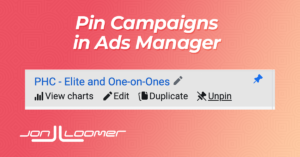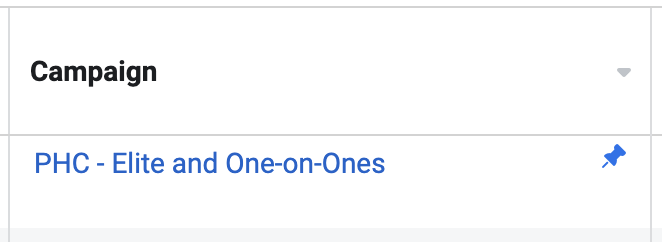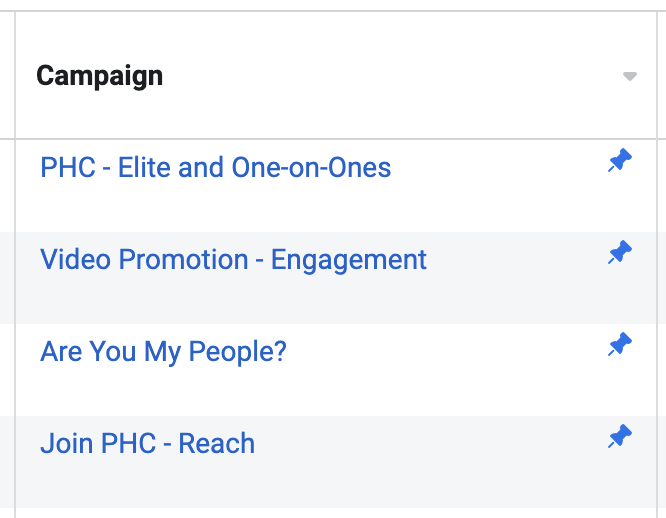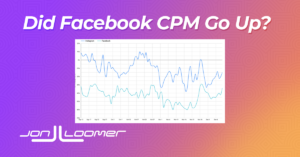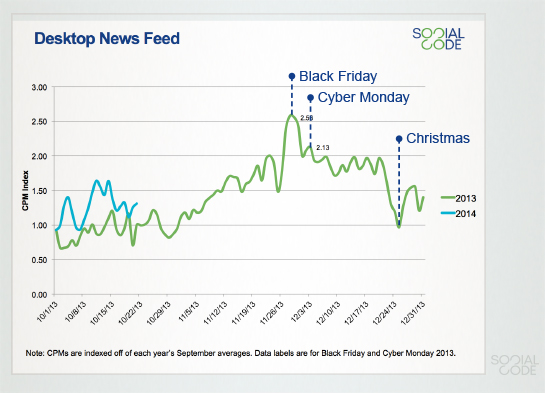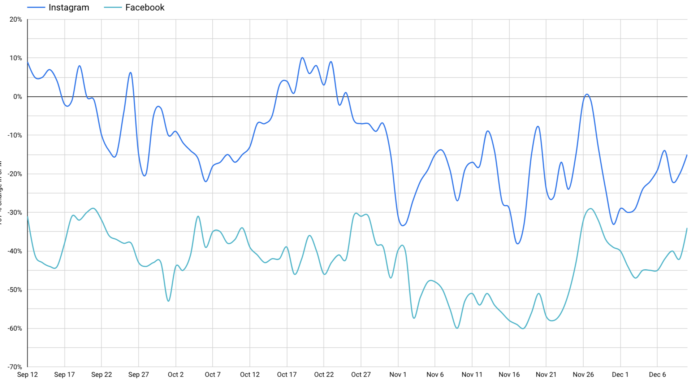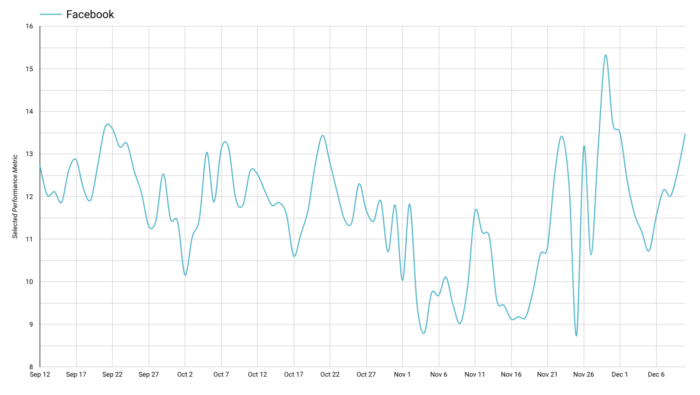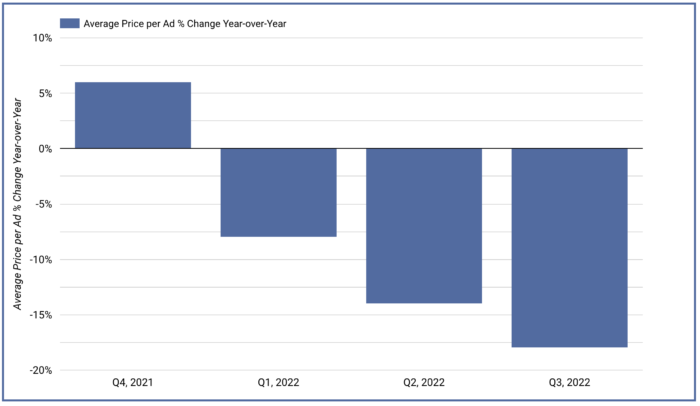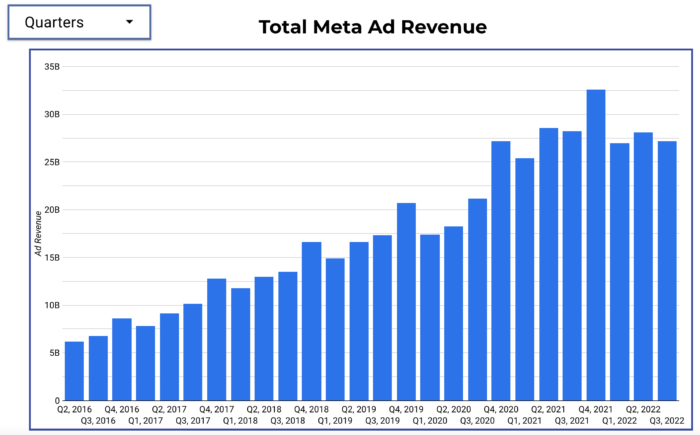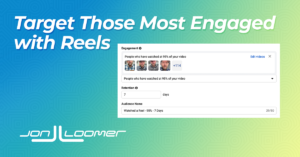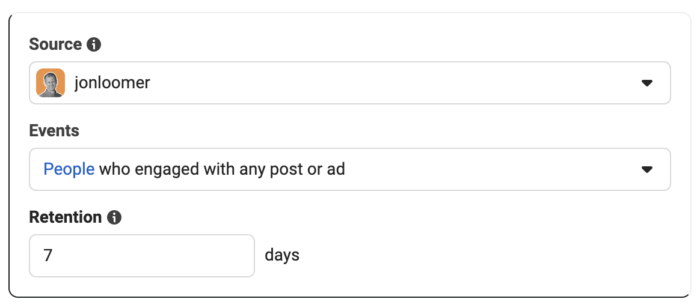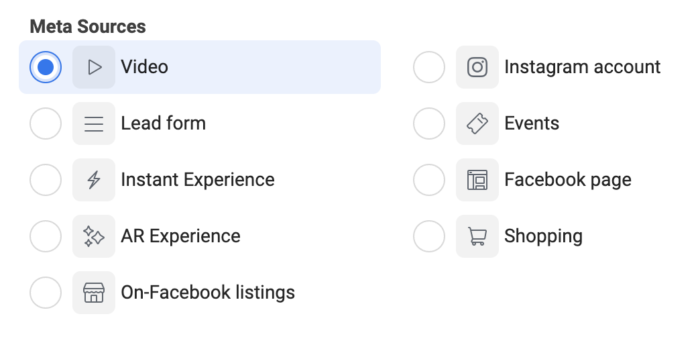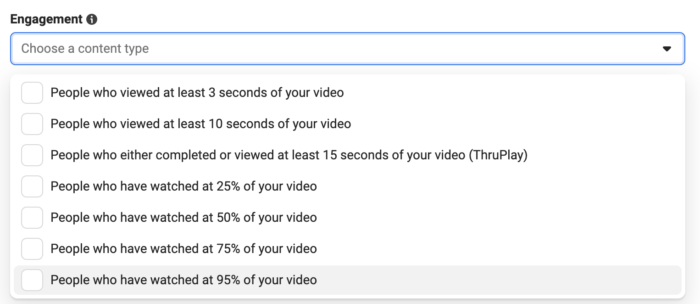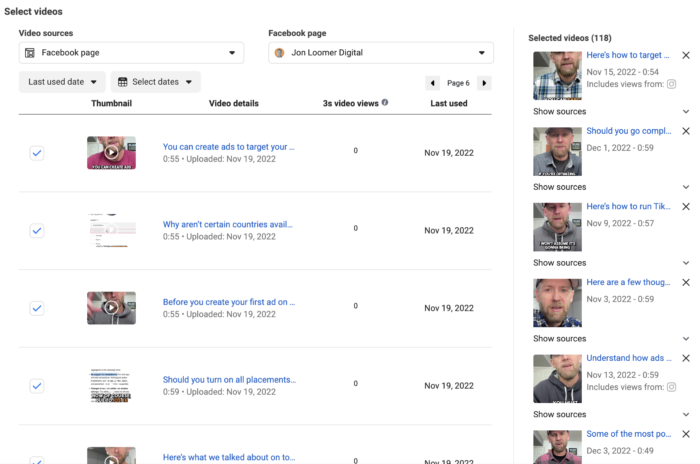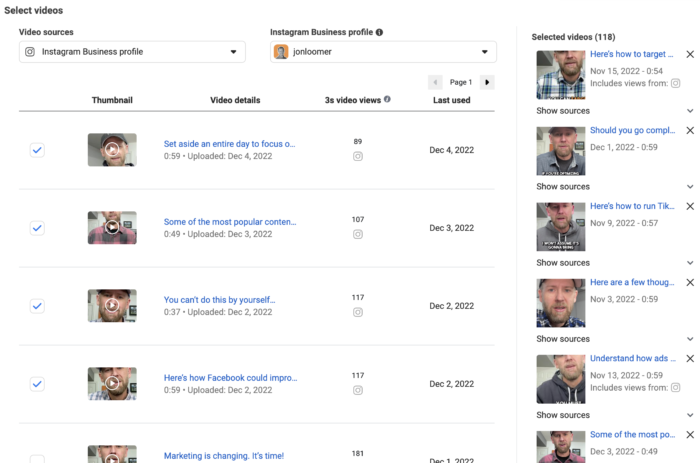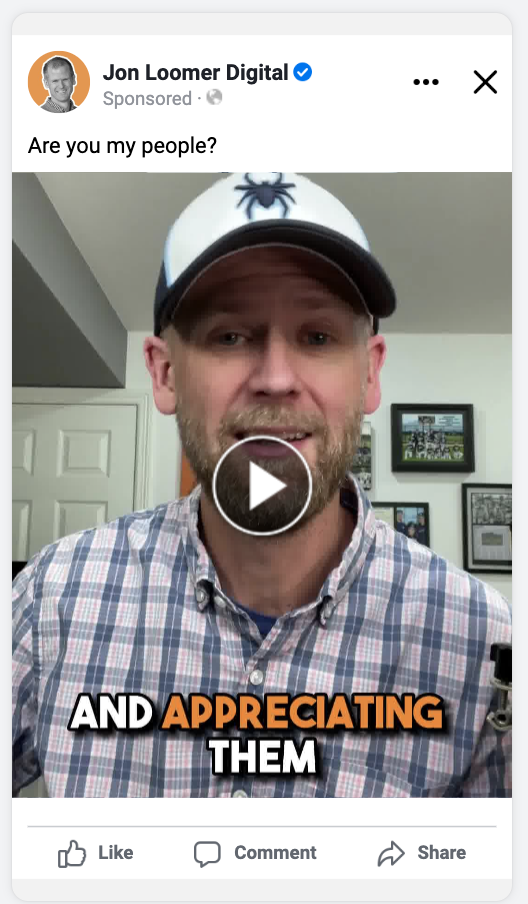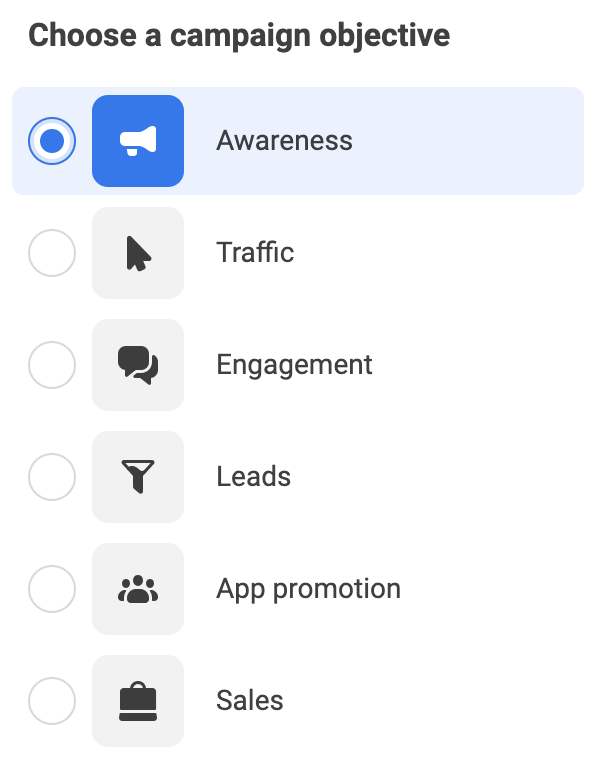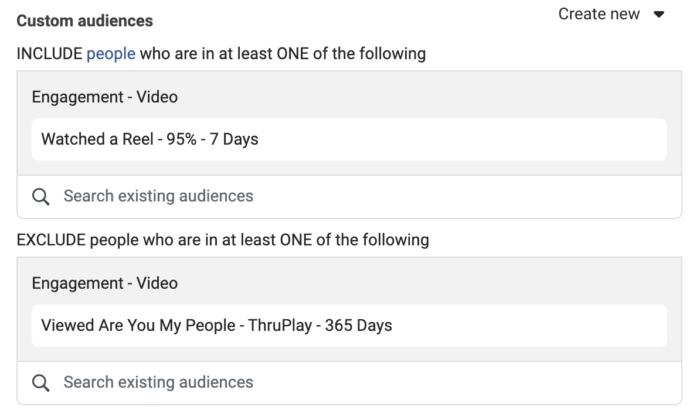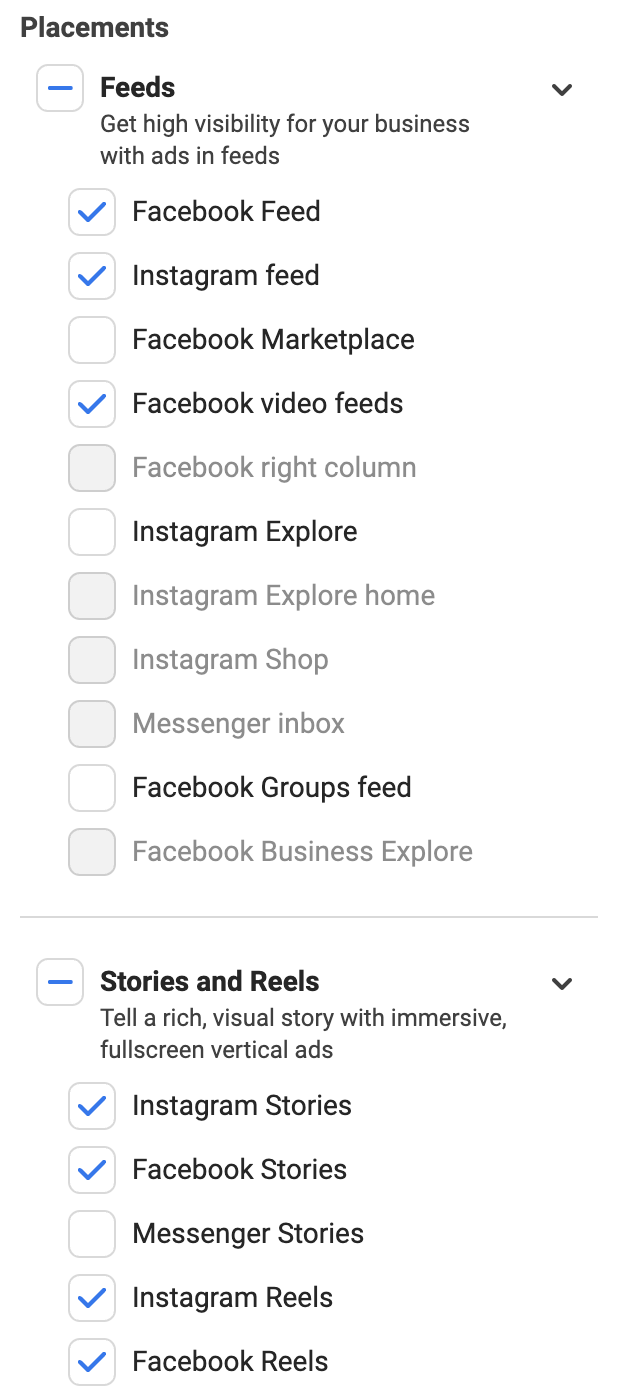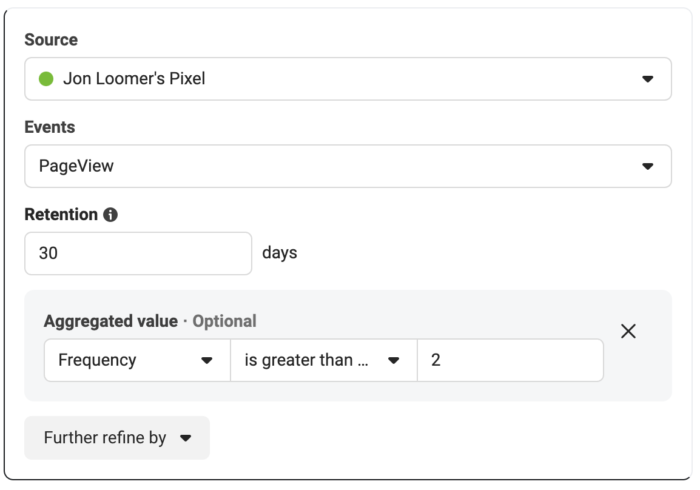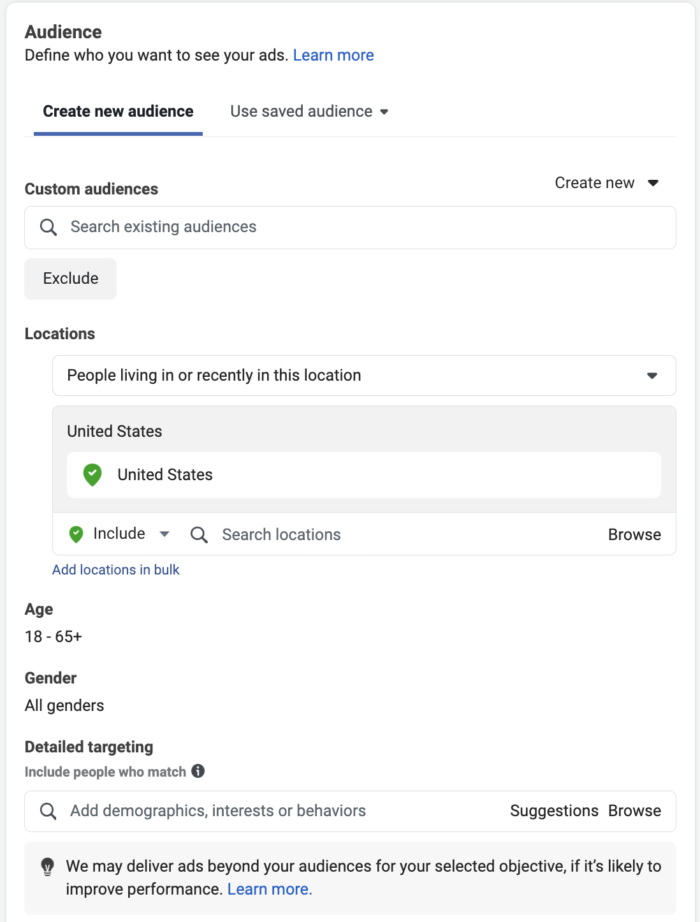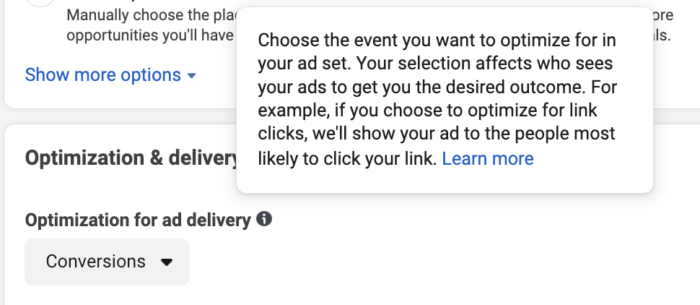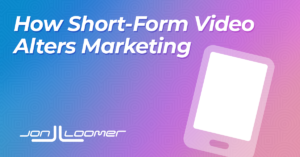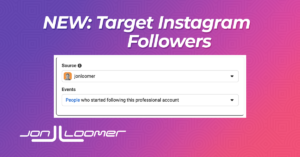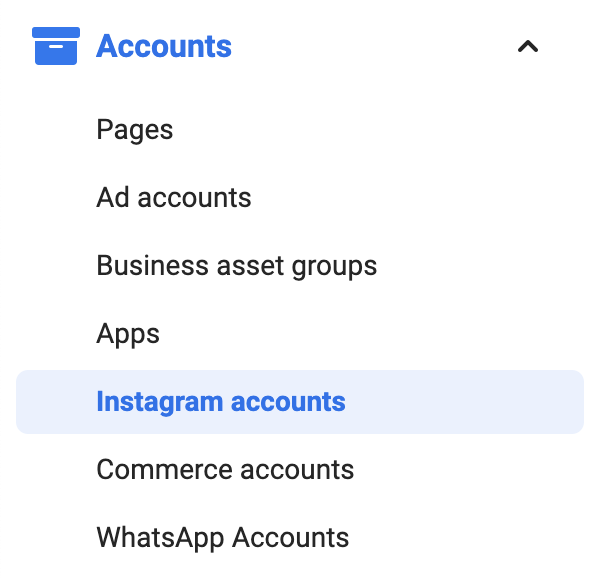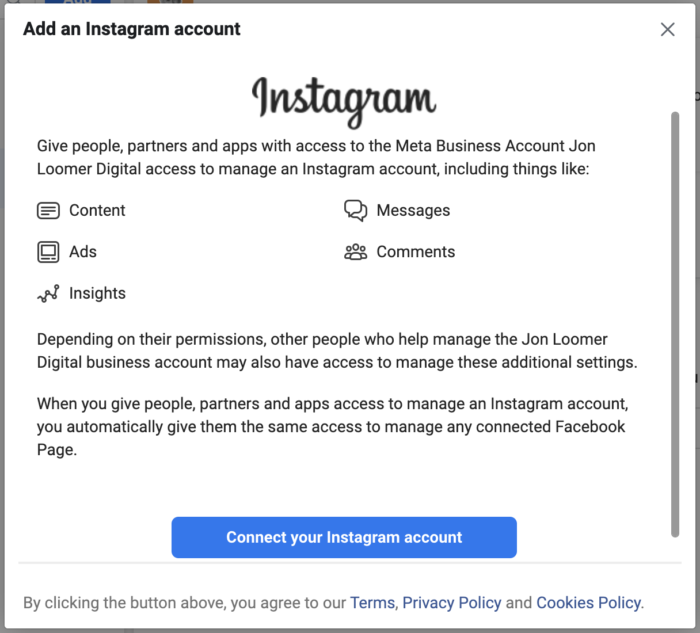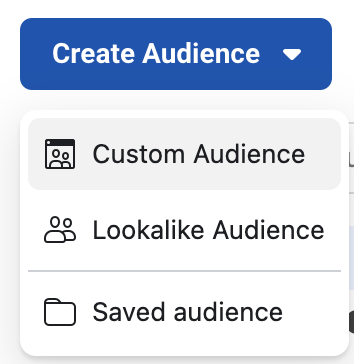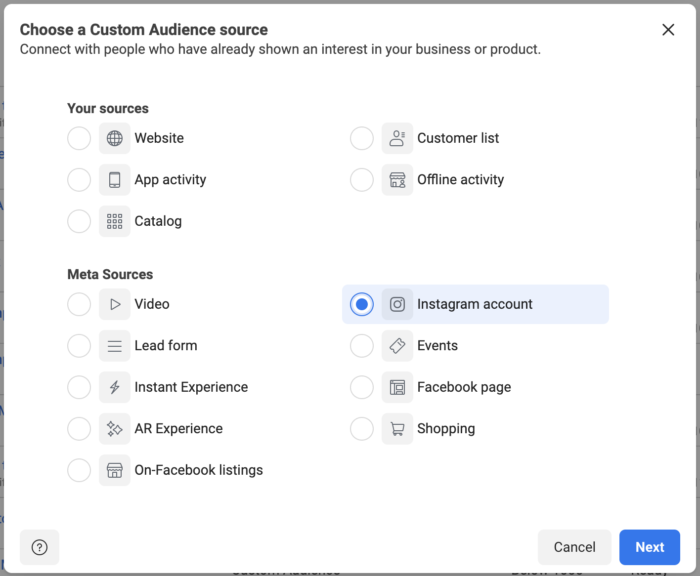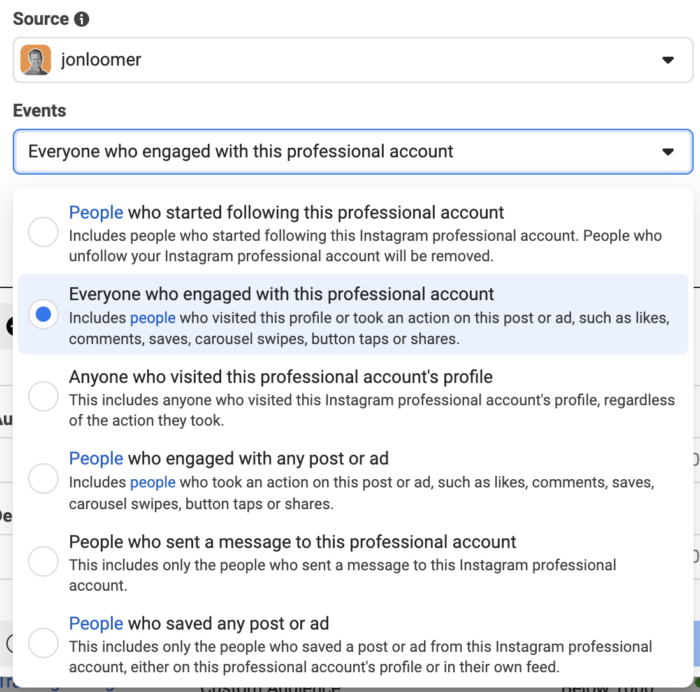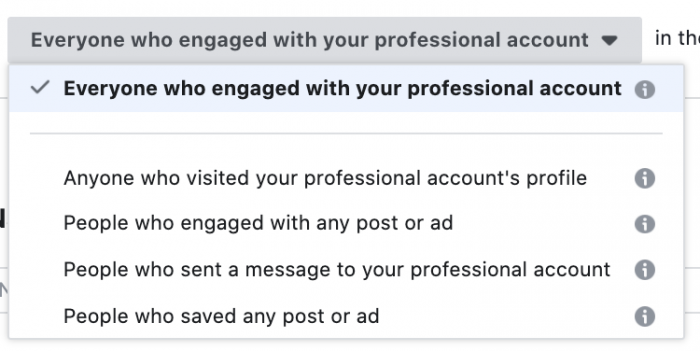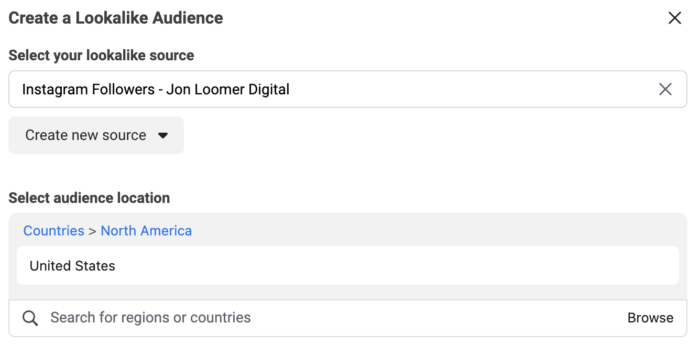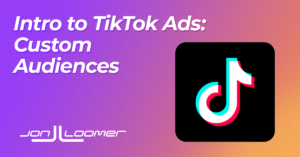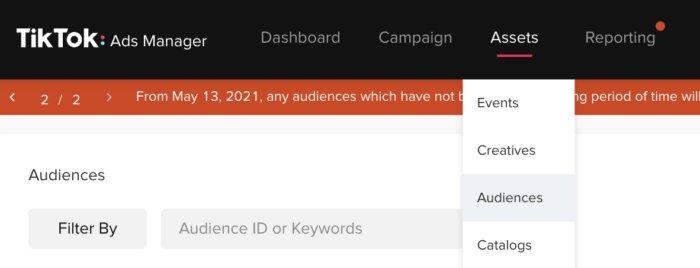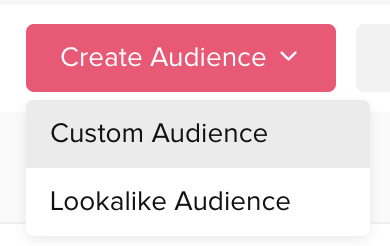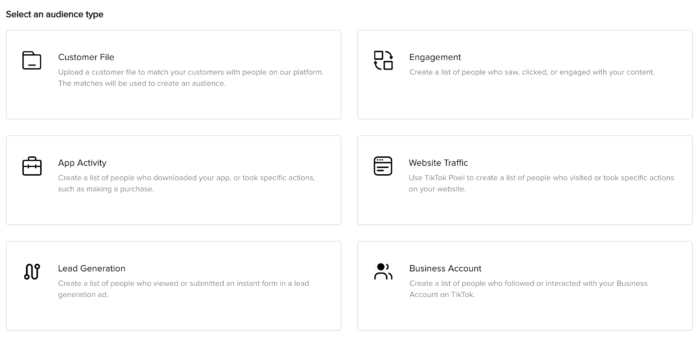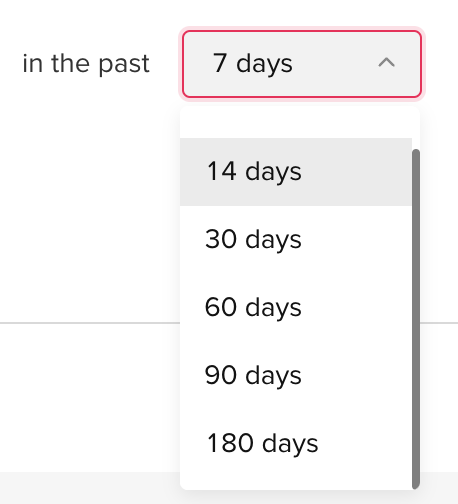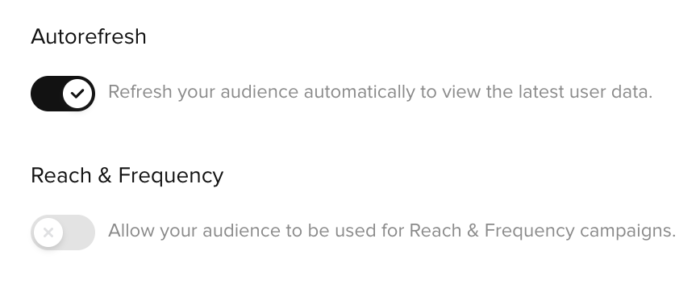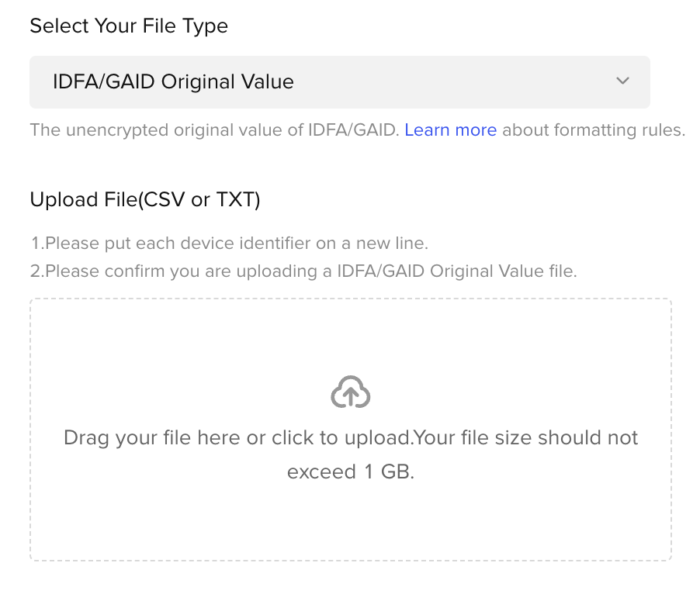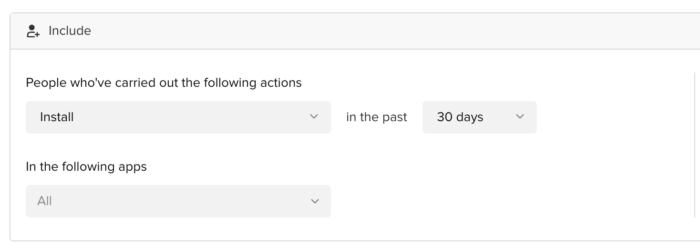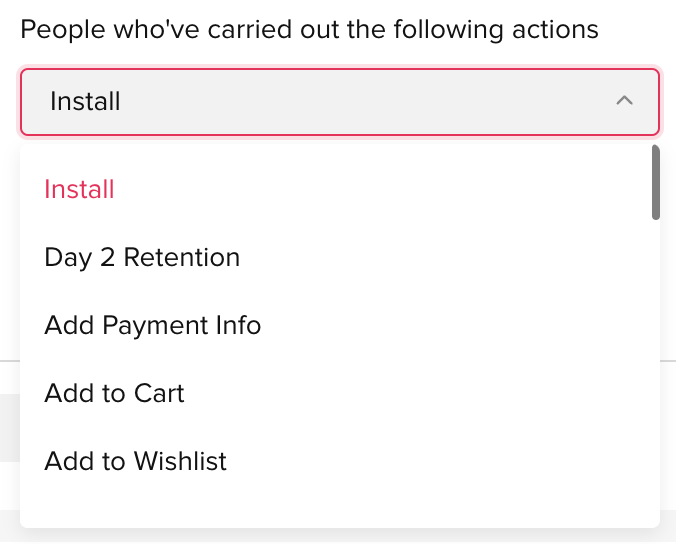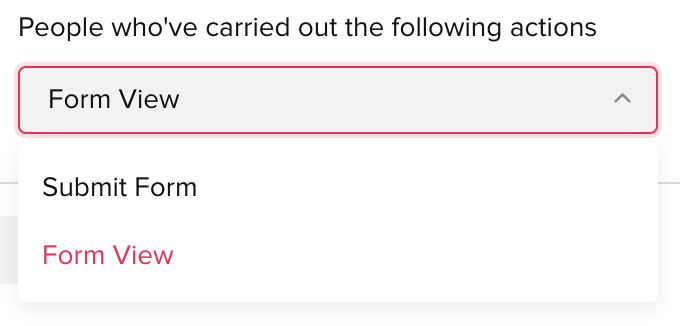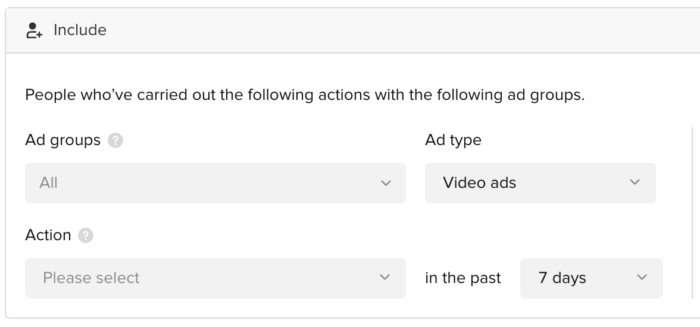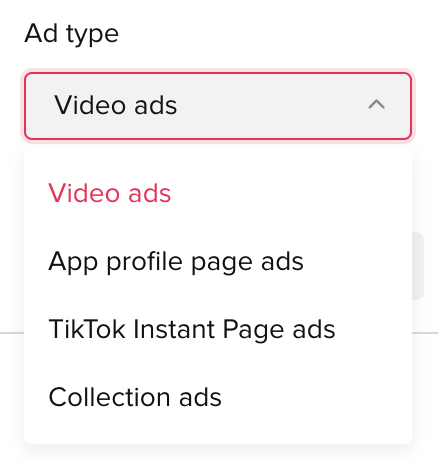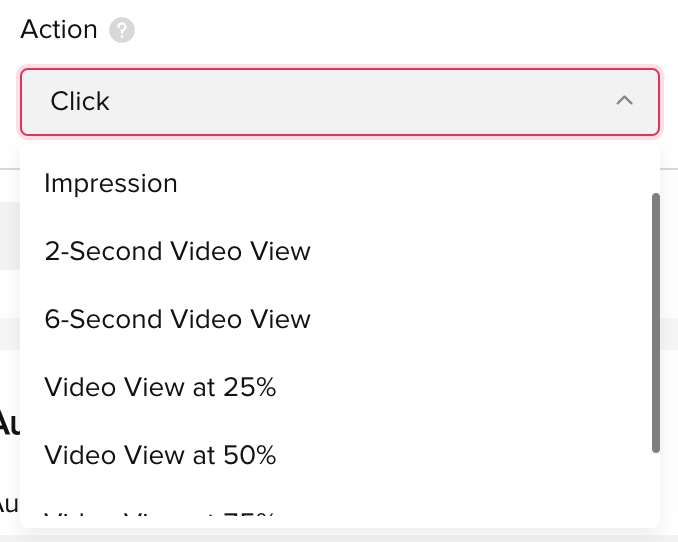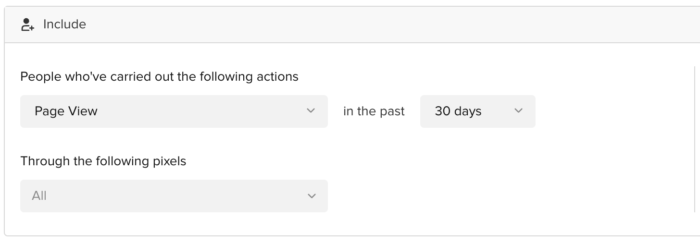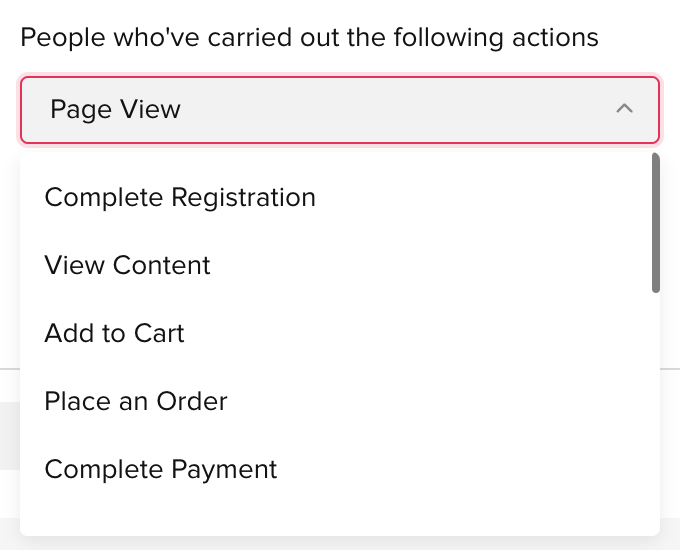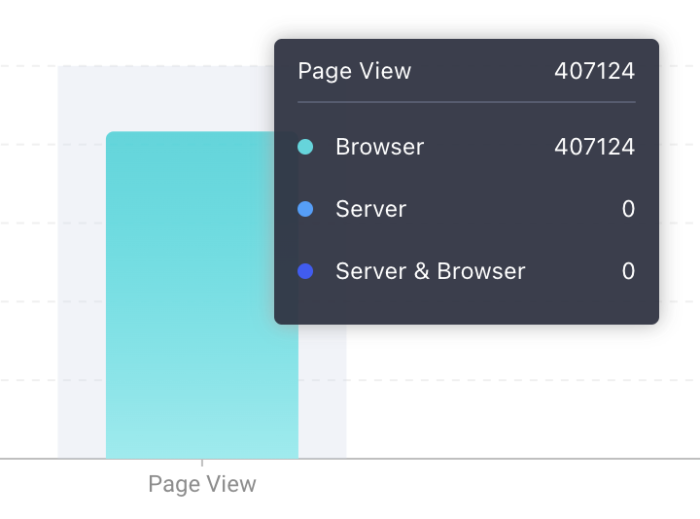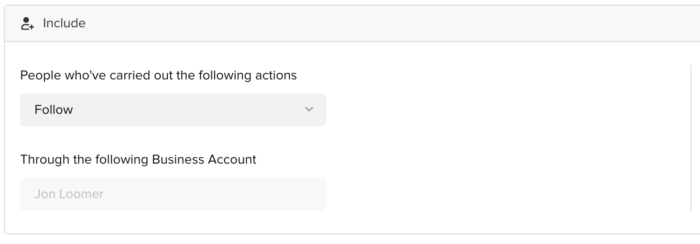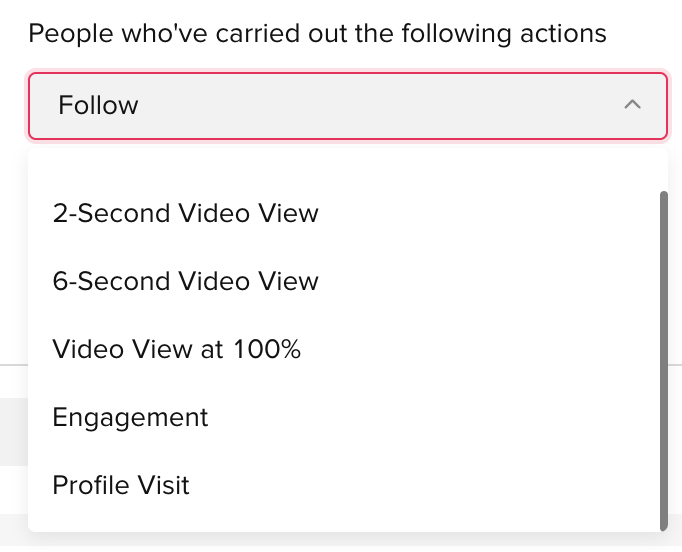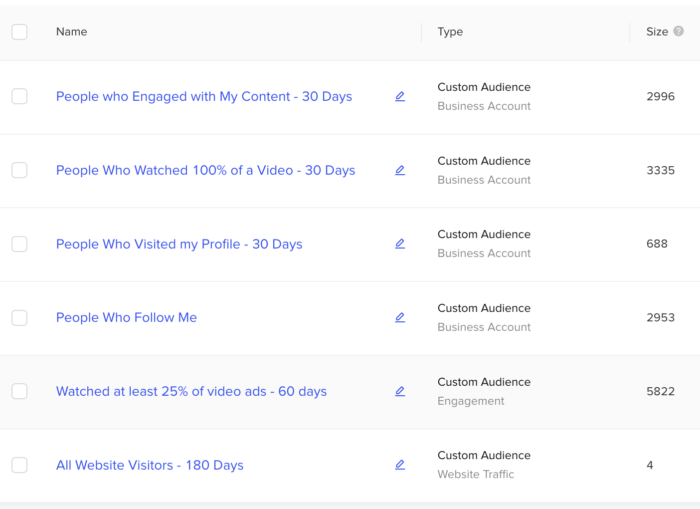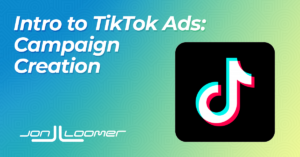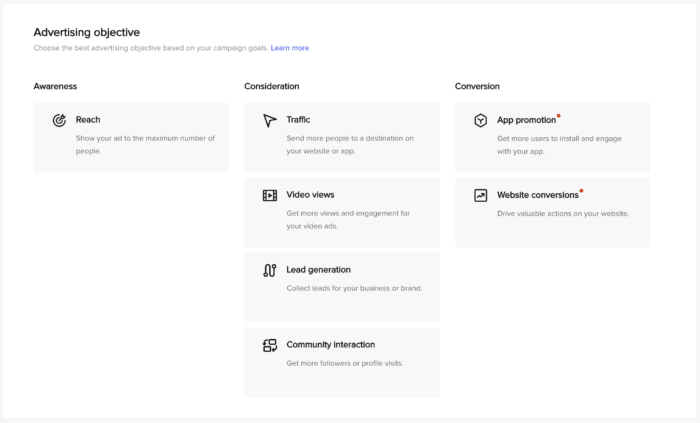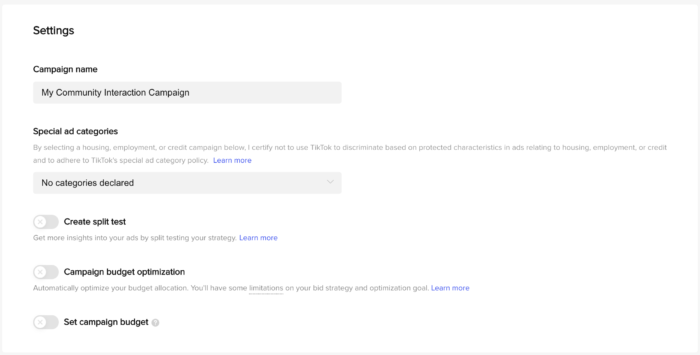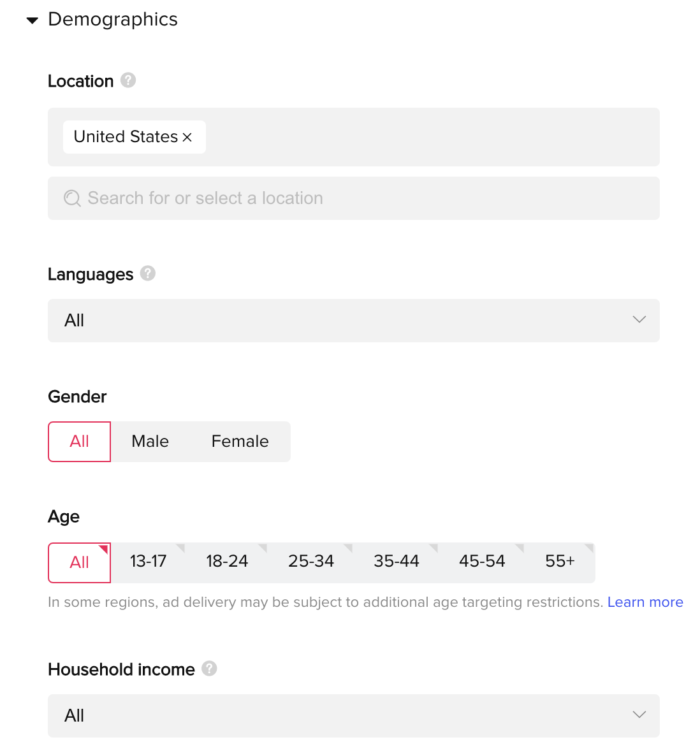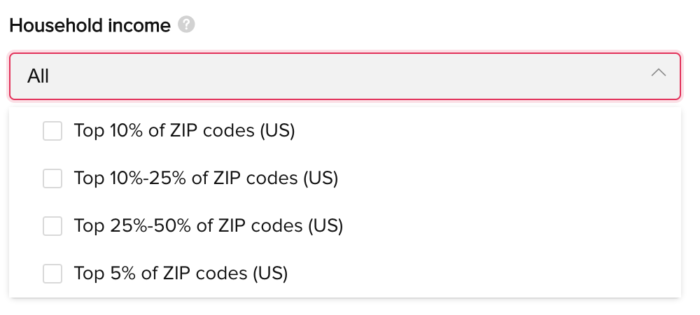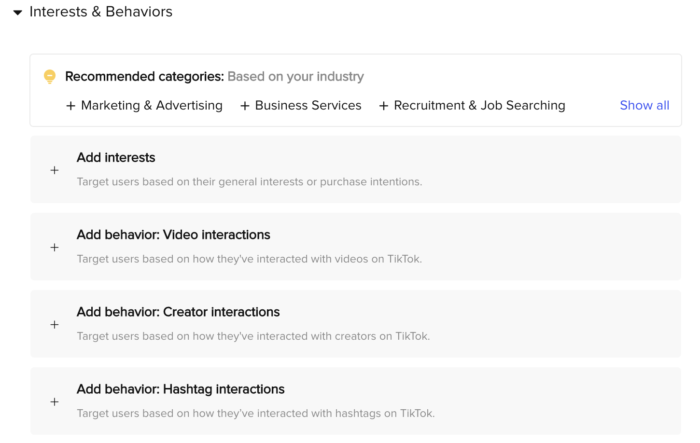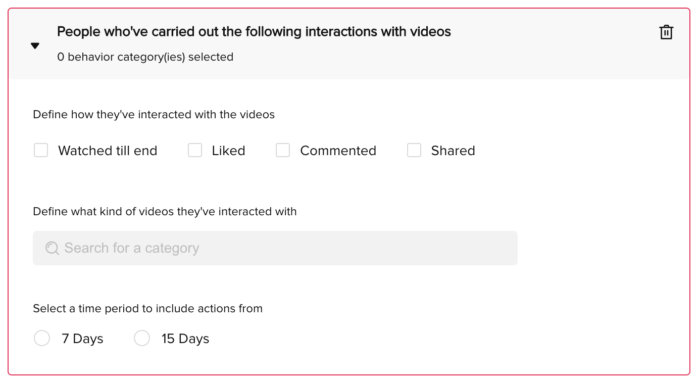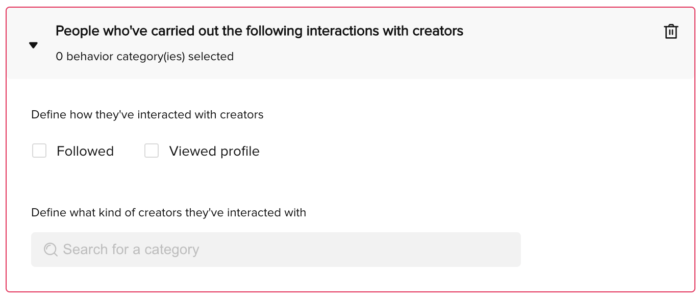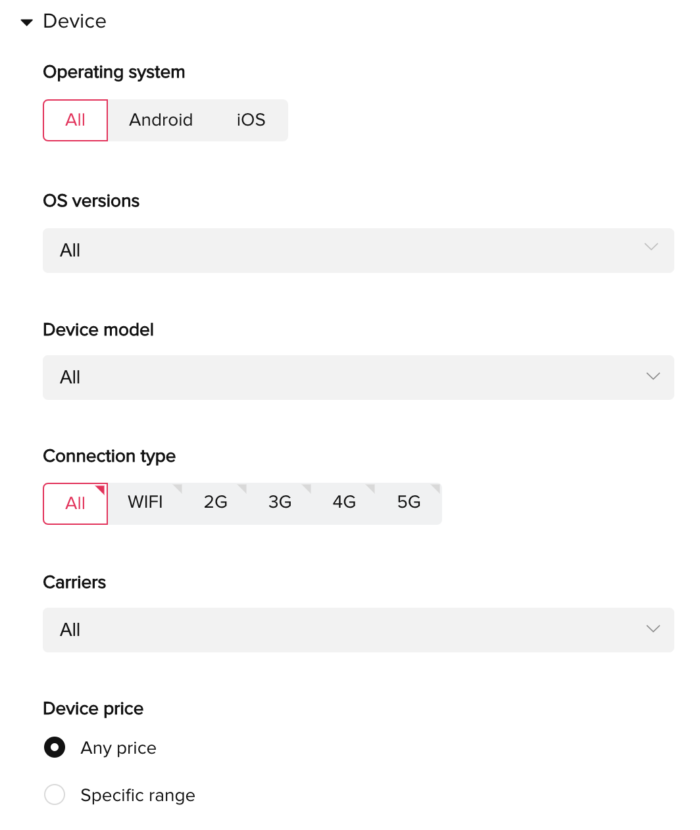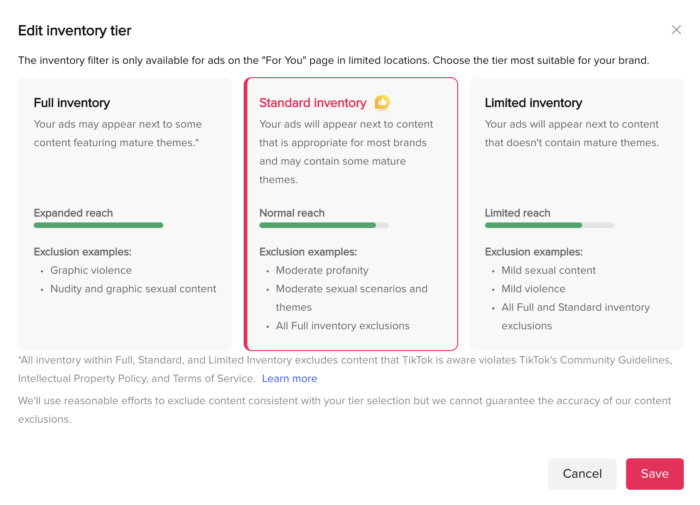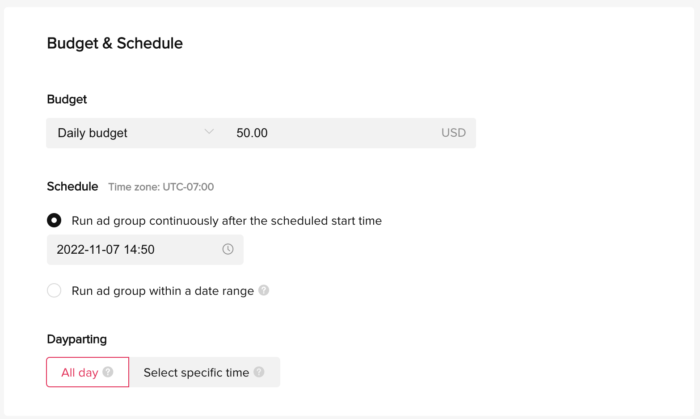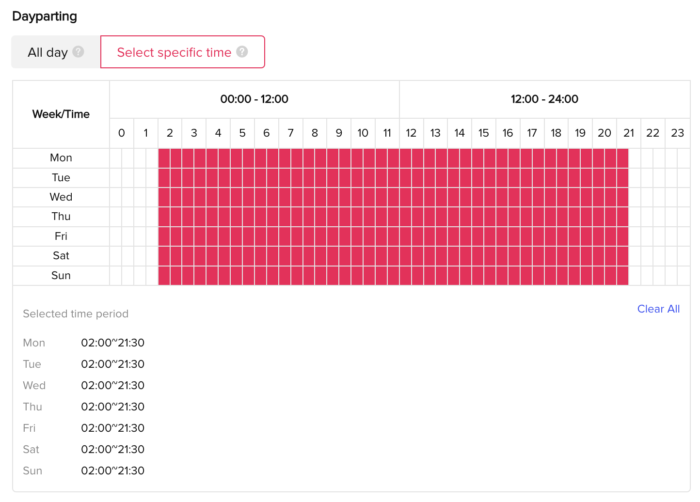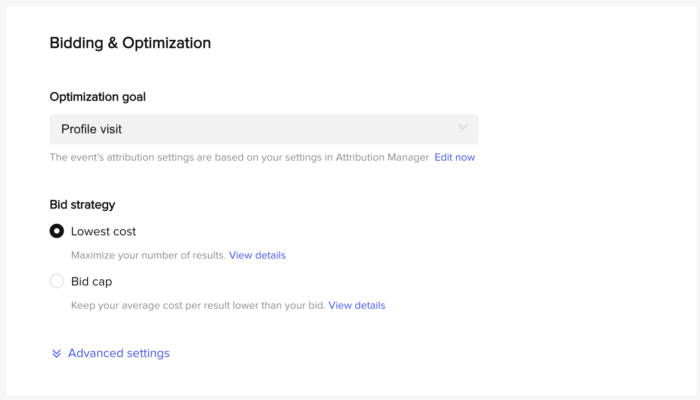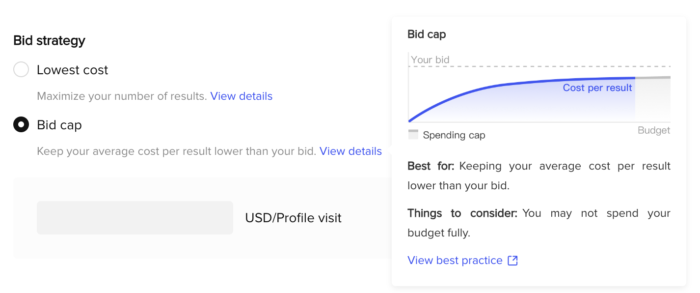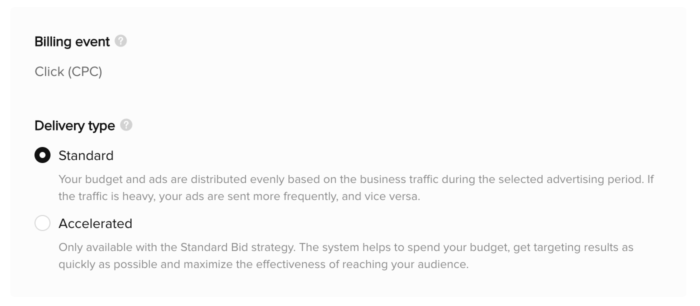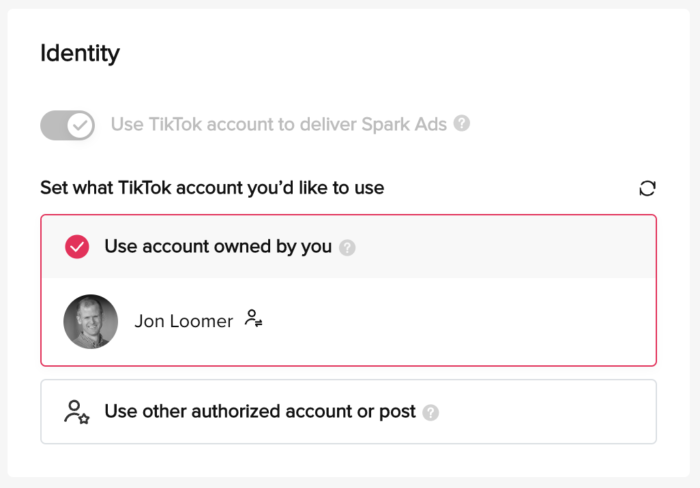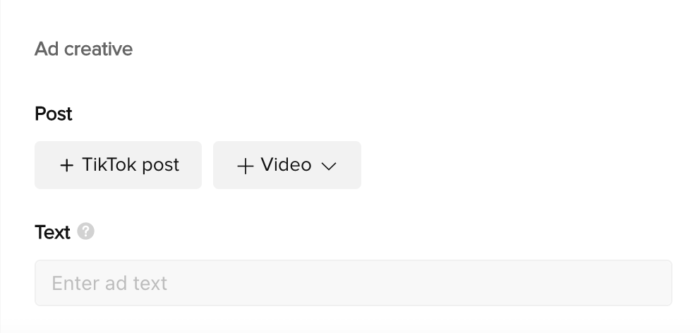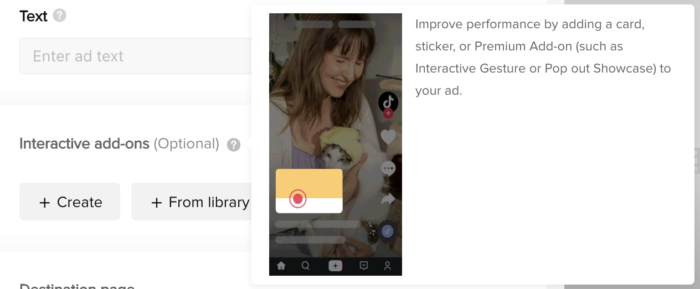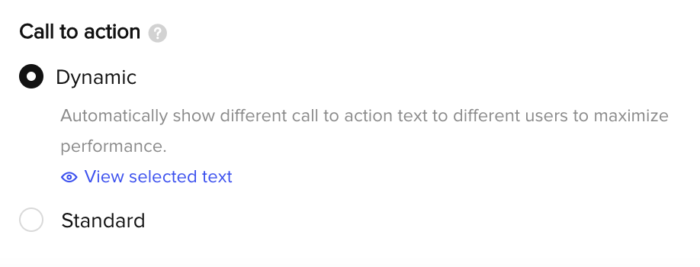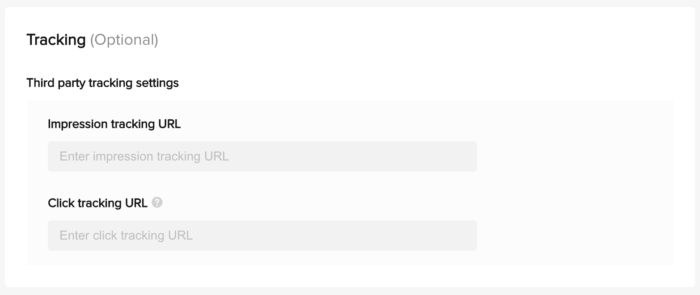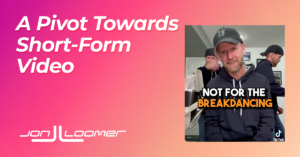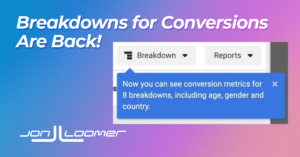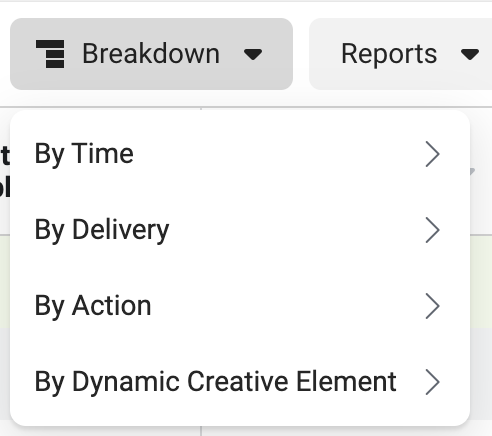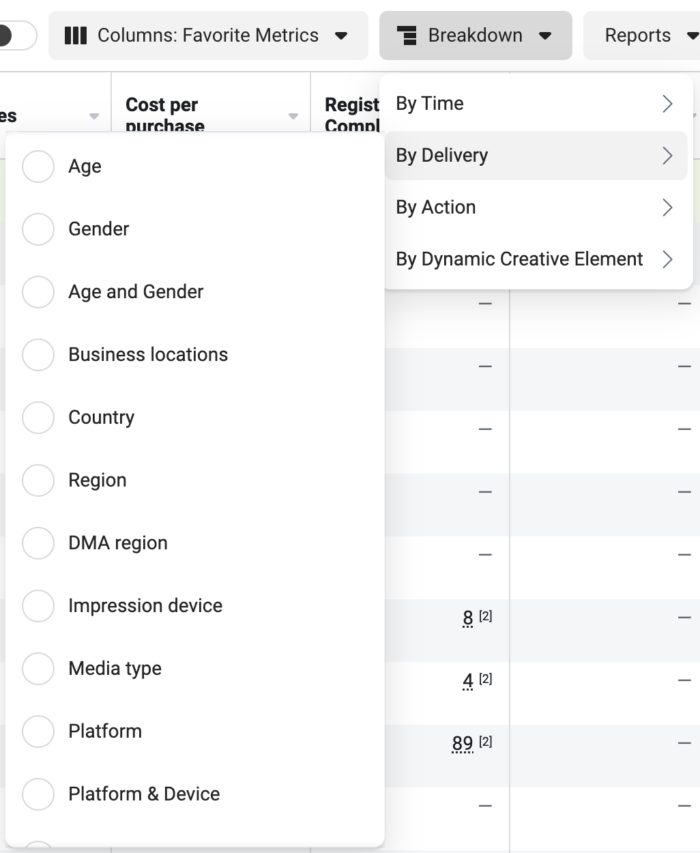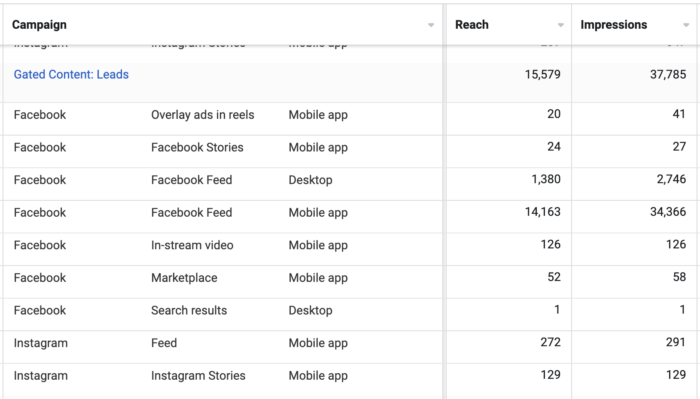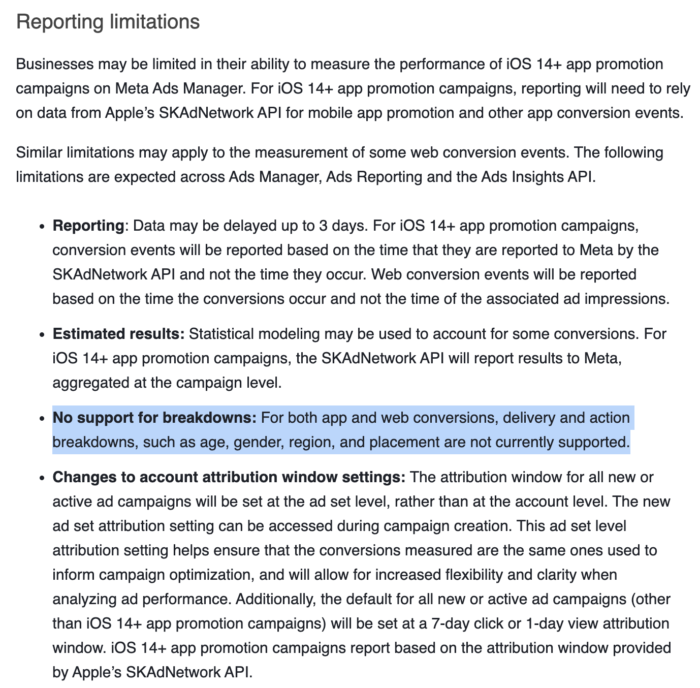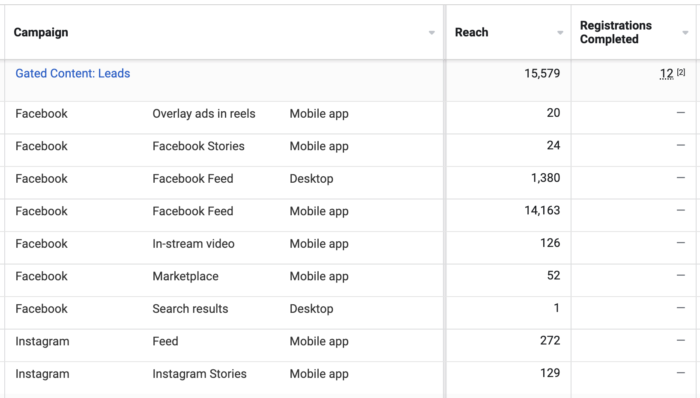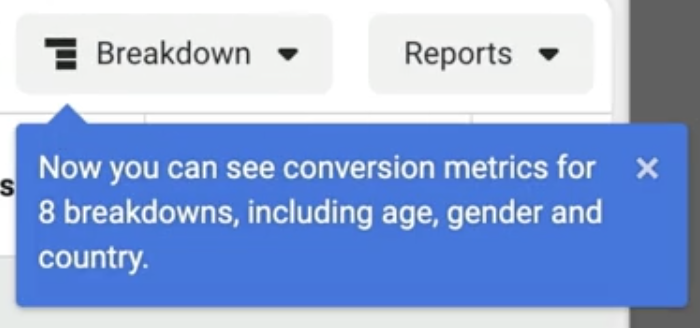If you’ve been following me on any of my primary social channels during the past month or so, you’ve likely noticed a very clear pivot. I am deeply invested in short-form video.
This is a complete 180. I’ve long resisted video creation in every form. Admittedly, the delay was not smart strategically. But there were many reasons behind that delay.
It hasn’t been an easy transformation. It required getting uncomfortable. I was forced to get in front of the camera, something I really haven’t liked doing. Stubbornness, fears, and old habits all needed to be overcome.
I’m doing this not just for me but for the introverted marketers whom I share these struggles with. So far, it’s been a heck of a ride. Not an easy start, but the growth has been energizing.
Oh… And please follow me on TikTok (if you can).
And worth it.
Let’s take a closer look at what held me back, what I’ve done so far, and my future plans for short-form video. I encourage you to take whatever you can from this to help with your own journey.
The Excuses
Let’s face it. This website is more than 11 years old now. I’m an old dog who doesn’t want to be taught new tricks.
We could get into a very long, philosophical discussion about the unique holes I put myself into over the years by trying to streamline and simplify my business. But, that may be for another day.
Ultimately, I am most comfortable writing. I like to write. You don’t see me struggle when I write. I don’t need to worry about lighting, what I’m wearing, or how I deliver a message when I write. I can sit, think, write, delete, and write again.
My video efforts have been few and far between. Sometimes I’d turn a podcast into a video. But I’d do everything I could to keep from pointing the camera at myself.
Some of the excuses I made were for business reasons. I wanted to drive traffic to my website. That’s where business is done. A video on Facebook or Instagram doesn’t help satisfy that goal (or so I told myself).
I convinced myself that I didn’t need to go with the trends. Being different could separate me from the pack.
I was wrong. This, and several other decisions (and non-decisions) hurt my business.
The Pivot
The decision to pivot was late but necessary. It was made for several reasons.
Organic traffic to this website has always been the lifeblood of my business. It fed my list and funnel. It was this “easy” traffic that made profitability nearly effortless.
Of course, it took a ton of effort to get there. But there was a time when I was getting 10,000 organic referrals per day from Google. My list was robust and a high percentage of those on it were opening and clicking my emails.
When these things started drying up, business followed in the same negative direction. I couldn’t keep doing what I was doing.
My content was no longer reaching nearly as many people as it once did. I was no longer top of mind when people had a need for Facebook ads help. My brand had grown stale.
It was time to adjust. I could no longer treat my business like time stood still, hoping I could resist the laws of business physics. I needed to remind people that I was here, reaching them with the types of content people now want to consume.
It didn’t mean my blog would die. But short-form video needed to be a way to build my brand. Remind people that I’m here. And ultimately drive them back to my website and my products.
As recently as mid-September, I was mocking TikTok. Like every other “mature” person resistant to this format, I thought it was all dancing, memes, and junk. And then…
One Month of Production
Lots of fear and uncertainty, but I knew I had to do it. I gave myself grace, knowing that my early efforts would be cringe-worthy. But, I knew that I had to create in order to learn and get better.
On September 30, once I realized this was something I needed to do, I put myself out there with this embarrassing video…
@jonloomer
Create stuff that sucks!
♬ original sound – Jon Loomer
I had no idea how to use the app. I didn’t know how to edit or add music. This was a bad video, but I no longer cared. The effort was the point.
I’d ultimately create 70 videos in the month of October, publishing at least one video nearly every day of the month beginning October 3. I created with a variety of formats, experimenting with themes.
I struggled with efficiency and finding the right tools and processes to create quality content without taking an entire afternoon. I consumed others’ videos and noted what I liked and didn’t like.
Almost exactly a month from that “This Video is Going to Suck” effort, I created this…
@jonloomer Follow me for Facebook ads tips, tutorials, and maybe a little bit of breakdancing. #facebookads #facebookadstips ♬ Old school Hip-hop – Nebikov
I was getting comfortable. I began experimenting with TikTok ads. These videos were also repurposed for Facebook and Instagram Reels. An immediate impact was felt.
“I haven’t seen you in my feed for years!” I’d hear. Some of the comments almost treated me as if I were coming back from the dead (“I never went anywhere!” I wanted to scream…).
My audience on TikTok went from virtually nothing to 3,000 and counting. Confidence is building. Processes are sharpening. Efficiency is in sight.
My Short-Form Video Strategy
More than a month in now, a strategy is coming into shape. It will continue to evolve, but I want to share what I’m doing for the month of November.
1. MULTIPLE PLATFORMS
This experiment started with TikTok videos only. Then I’d download those videos and re-purpose the TikTok branded video for Facebook and Instagram Reels. This approach is now growing and maturing.
TIKTOK: It starts here. I really can’t believe that TikTok is my home base now — I’d never believe it a couple of months ago. But, I see the immediate impact but also the immense potential. I create two videos per day for TikTok.
INSTAGRAM REELS: I now longer use the TikTok branded video to publish to Instagram and Facebook Reels. Now I take the video I created (not within the TikTok app) and add music from Instagram.
FACEBOOK REELS: I don’t know what happened, but until last week I could cross-post from Instagram to Facebook. That option went away from my Instagram app, so I now also upload a unique version to Facebook Reels.
YOUTUBE SHORTS: I resisted. Just last week I told someone it was just too much to do this. But, I’ve started publishing these videos to YouTube Shorts, too. It helps that the format is the same.
LINKEDIN: During the past few days, I’ve started creating a square version for LinkedIn. Originally, I created an entirely new video. Now I just take the original 9:16 and put it on a square canvas. It’s otherwise too much work right now. We’ll see what impact it makes.
2. VIDEO LENGTH
Originally, I didn’t worry much about time. And then I realized that if I wanted to re-purpose to Instagram, it couldn’t be longer than 90 seconds. And if I wanted to push it to Facebook, it couldn’t be longer than 60 seconds.
This was a good thing. It forces me to edit. I am a butcher when it comes to editing (in a good way). The final video will be no more than 60 seconds.
Here’s something I recorded recently about my approach to recording and editing…
@jonloomer
If you ramble and struggle with short form video, this is for you. You can do it.
♬ Zodiac | Seamless Looping Trap Hip Hop Instrumental – xklbeats
3. FORMAT
There are three primary formats that I use:
- Q&A: I answer questions I find in my comments (easiest and quickest video)
- Reaction/Talking Head: Typically not edited in the TikTok app
- Tutorial: Utilizes a screenshare and talking head
The third is surely the most valuable but also the most time intensive. I do enjoy creating them.
4. SUBJECT MATTER
Initially, my focus was going to be on Facebook advertising only (with some relevant Facebook marketing topics). But, I’m starting to share some videos related to my TikTok ads experiences, too.
5. FREQUENCY
For now, I’m aiming at two videos per day. I could see cutting this down to one per day on the weekends. But, I do believe that consistent creation is critical to growth. Avoiding burn-out is also important.
What’s Next?
This pivot is no small feat. It’s not just a new format but it’s an admission. I know that doing things the way I’ve always done them is no longer good enough.
There’s actually something very new and exciting about that. I haven’t experienced that type of feeling in a long time. I do sometimes miss how amazing those initial days of my business were, going from obscurity to an explosion of recognition. There’s a bit of a high achieved by overcoming this.
I’m admittedly not a big long-term planner. October was an important month for my business and my professional growth. November will be just as important. While I have plans for what I’m going to do, everything could change quickly as this evolves.
It’s already looking possible that TikTok advertising may become an additional topic discussed on these pages. No predictions. Stay tuned.
Your Turn
Have you made your pivot to short-form video yet?
Let me know in the comments below!
The post How I’ve Pivoted to Short-Form Video on TikTok and Reels appeared first on Jon Loomer Digital.
